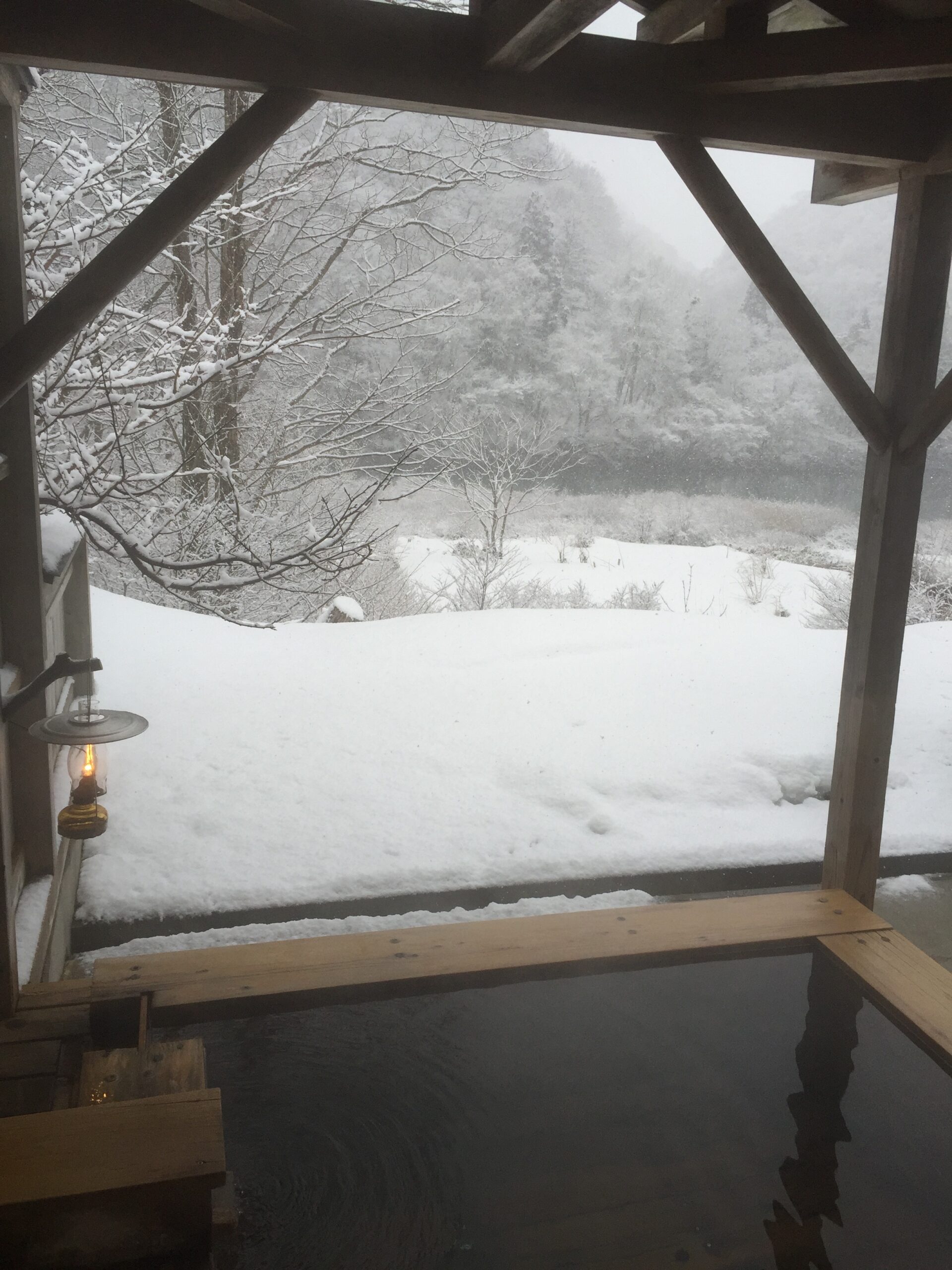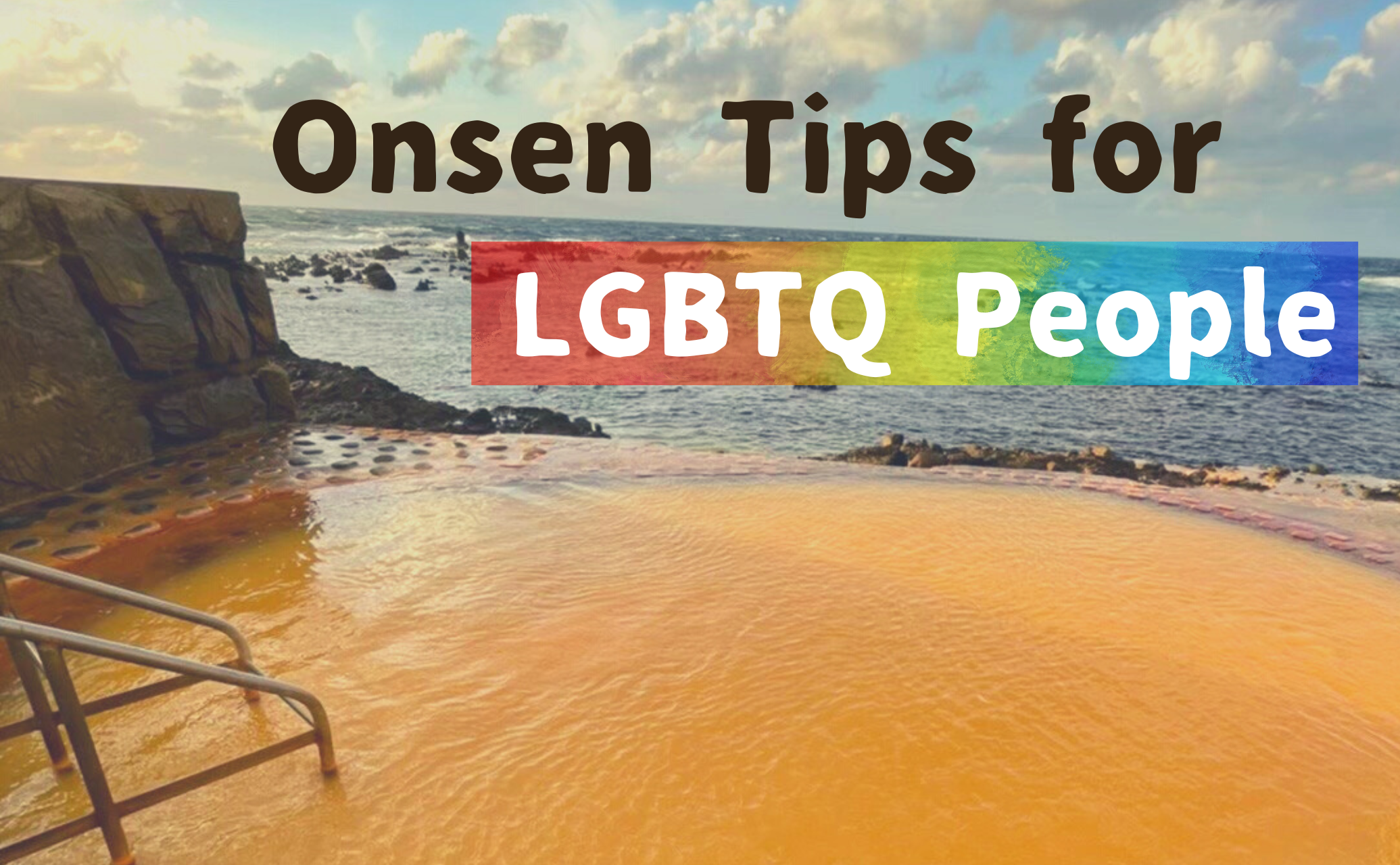Understanding Onsen Facilities in Japan
Most Japanese onsen (hot springs) are gender-segregated, and all guests are required to enter completely naked. Bath towels cannot be wrapped around the body in the bathing area. As someone who grew up in Japan, I never felt embarrassed bathing with friends or strangers of the same gender. Looking back, I may have resisted it a little during my teenage years, but as an adult, it feels completely normal to me.
For first-time visitors, however, this custom can feel intimidating or even strange. If you love hot springs, though, you’ll likely get used to it surprisingly quickly.
That said, I fully understand that Japan’s traditional onsen system can be especially challenging for LGBTQ travelers. Please don’t give up—there are several ways to enjoy onsen comfortably and safely. Here are some options.
1. Guestrooms with Private Open-Air Baths

Some high-end ryokan offer rooms with their own exclusive open-air onsen.
With these private baths, you can relax in the hot spring anytime you like, without worrying about other guests or gender-segregated spaces.
This option is ideal if you want a fully private and luxurious onsen experience.
2. Renting a Private Onsen by the Hour
Many onsen facilities and ryokan offer private baths (貸切風呂 kashikiri-buro) that can be rented for about 2,000–3,000 yen per hour. Reservations can be made in advance or at check-in.
These private rooms typically accommodate 2–3 people, but of course you can use them alone. Even budget-friendly ryokan often have private baths available.
Some ryokan chains—such as Kyoritsu Resort—provide free private baths for guests. You simply enter whenever a bath is available and lock the door for full privacy. Note that their official website is only in Japanese, but their system is easy to use once you’re there.
This is one of the most affordable and stress-free ways for LGBTQ travelers to enjoy onsen.
3. Yuami Gowns (Bathing Garments)
Yuami gowns are lightweight bathing garments originally created to help people with surgical scars feel more comfortable.
However, not all onsen allow them, and many do not offer rentals, so it’s essential to check in advance.
Some mixed-gender facilities (introduced below) do permit yuami gowns.
Still, in practice, very few people wear them, meaning you may draw more attention—not less—by using one.
4. Try “Kon-yoku”: Japan’s Mixed-Gender Onsen
Not all Japanese onsen are separated by gender. Kon-yoku (mixed-gender bathing) allows anyone to enter regardless of gender identity. (Everyone is naked as usual.)
The number of mixed onsen has decreased in recent years, but several historic ryokan still maintain this tradition. Since women often hesitate to enter when men are present, many facilities offer women-only hours, while the rest of the time remains fully mixed.
Kon-yoku can be the most inclusive option for non-binary and transgender travelers.
5. Example: Tsuru no Yu Onsen

One famous mixed-gender onsen is Tsuru no Yu in Nyuto Onsenkyo, Akita Prefecture. Its outdoor bath is filled with thick, milky-white hot spring water that naturally hides the body once you’re submerged up to your shoulders.
Women can enter through a screened entrance, allowing them to step into the water without being seen.
This thoughtful design preserves the mixed-bathing experience while providing privacy and comfort.
Finding an Onsen That Feels Right for You
Japan offers more onsen options than most travelers expect—private baths, mixed baths, and ryokan with in-room hot springs.
With a bit of planning, LGBTQ visitors can enjoy the relaxing beauty of Japanese hot springs without stress.
Your perfect onsen experience is out there. Enjoy exploring and finding the style that suits you best.

